Learning
A brief summary of cleaning chemicals: do benefits outweigh the cost.
Since conventional cleaning products can contain upwards of 20 individual ingredients, it is difficult to directly link an individual cleaning chemical to increased asthma, allergies, fatigue, cancer, etc. My initial reaction to this agrees with the The Precautionary Principle: a moral and political principle which states that if an action or policy might cause severe or irreversible harm to the public, in the absence of a scientific consensus that harm would not ensue, the burden of proof falls on those who would advocate taking the action. Read the article
Basically, the burden of proving individual chemicals (as well as combinations of these chemicals) as safe, falls on the manufacturers of these chemicals. Less than 10% of these chemicals have been adequately evaluated for human and environmental safety. The EPA (Environmental Protection Agency) is not allowed to require manufactures to conduct health studies on the new chemicals they introduce unless the agency can demonstrate that a particular substance poses a significant risk. Because such proof can only come from scientific studies that take appreciable amounts of time and money, researchers simply can’t keep up with the continual flood of new compounds being introduced, and regulators are forced by a combination of law and circumstance to allow the vast majority into the marketplace with no study and no assurance of safety. (Hollender, Jeffrey. “Naturally Clean”. Gabriola Island: New Society Publishers, 2006.) There are economic and political pressures in place to keep things the way that they are, regardless of public safety.
The manufacturing process to produce baking soda, vinegar, salt, hydrogen peroxide, natural oils and other key ingredients for natural products is minimal compared to the production of,for example, chlorine: “Production of chlorine is extremely energy intensive. Energy consumption per unit weight of product is not far below that for iron and steel manufacture and greater than for the production of glass or cement.” (“http://en.wikipedia.org/wiki/Chlorine”) Did you know that common salt is the principal raw material needed to produce chlorine? The chlorine production process, aside from using an inordinately large amount of energy, also produces scary bi-products. (the latter end up in other household cleaning products) So, why not leave the salt alone and save some energy, bring less VOC’s into the house, spare the creation of volatile bi-products and lower your child’s risk of developing asthma— use hydrogen peroxide or tea tree oil instead. Consumers vote with their dollars. (“http://www.medicalnewstoday.com/articles/18275.php”)
“This innocent-until-proven-guilty strategy naturally tends to favor commercial interests over public health and creates a system that places an unfair and often prohibitively expensive burden on the public, which must definitively prove that something is dangerous before governmental action will be taken to stop it.” (“http://www.seventhgeneration.com/household_hazards/precautionary.php”)
Environmental Protection Agency studies of human exposure to air pollutants indicate that indoor levels of pollutants may be 2-5 times, and occasionally more than 100 times, higher than outdoor levels. The EPA does mention household cleaning products as one of the factors contributing towards indoor pollutants (mainly volatile organic compounds, VOC’s), though it does not take a stance against the $18 billion dollar cleaning chemical industry if only to suggest using household products according to manufacturer’s directions. (“http://www.epa.gov/iaq/voc.html”)
In my opinion, there are three main reasons to use natural cleaning products: 1) for the health of you and your family, 2) for the health of the housekeeper, and 3) for the health of the environment.
Major improvements have been made in the last 10 years to natural cleaning products and there are now many effective, competing brands vying for consumer preferences. I use a combination of proven store-bought cleaning supplies and my own recipes. I will be posting these recipes soon.
There is a ton of information out there and I encourage you to make your own decision. Better yet, try us and experience the difference. Points to those who know where this line came from: “The power is yours!”
